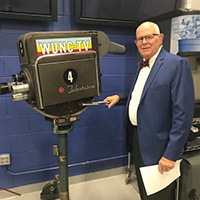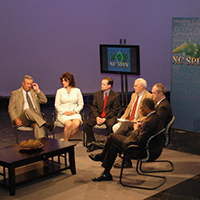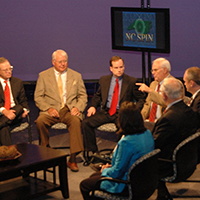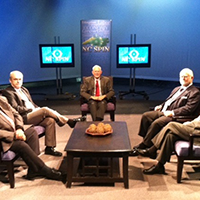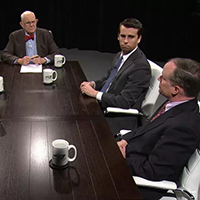State funding for driver’s education is set to run out on June 30, creating an expensive proposition for parents, and local school districts. The move also creates concerns about highway safety, insurance costs and unfair taxation for all motorists.
Since 1953, North Carolina has required its public schools to provide driver’s education and highway safety instruction to students who qualify as beginning drivers starting prior to age 16. It was deemed at that time, according to the legislation, “a matter of necessity” for the state to teach young drivers safe driving habits and the inherent dangers related to navigating upwards of 3,000 pounds of metal at high and low speeds.
Nothing has changed about that “necessity” since 1953. What has changed is that today’s legislative leadership believes the cost of driver’s education should be the responsibility of local school systems or the parents of children receiving the service.
Without state funding, the cost will be between $300 and $400 per student. Students in Pitt County Schools now pay $40 toward the fee.
Aside from arguments that subsidizing driver’s education helps make the roads safer for everyone, there is nothing wrong with requiring those benefiting from a service to pay for that service. But this is where the shell game gets really tricky.
Although the money now going to fund driver’s education ($26 million last year) will remain in the Highway Fund, the surcharge North Carolina motorists have been paying for 62 years to provide driver’s education is not going away. It may not have been earmarked for driver’s education for 62 years, but the charge has still been there and so has the state’s support for driver’s education.
Note also that with somewhere near 9 million vehicles registered in North Carolina — private and commercial combined — $26 million amounts to somewhere close to the $3 surcharge on each vehicle.
There is great concern that this funding shift will result in higher automobile insurance rates for all North Carolina drivers if, as expected, large numbers of kids forego the higher cost of driver’s education. There is talk of legislation being formulated in the House of Representatives to apply the cost to insurance rates on the front end.
Either way, motorists should demand to see the roughly $3 surcharge removed from the cost of registering a vehicle.
The shells are moving around the table faster than stock cars at Charlotte Motor Speedway. If taxpayers don’t watch the driver’s education funding closely and demand to see the money, everyone will end up paying more for roads that are less safe.
